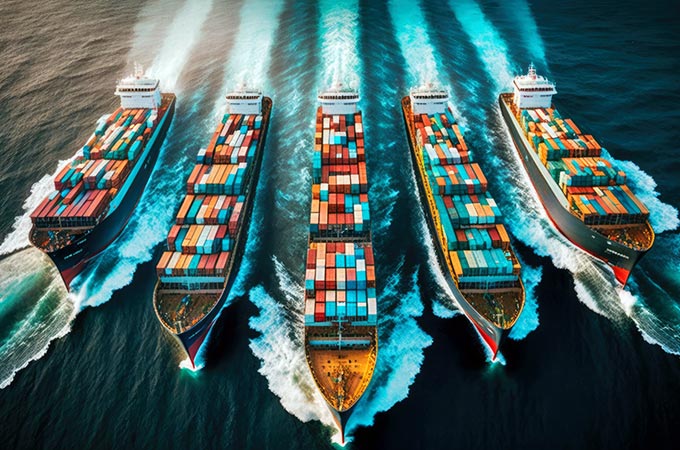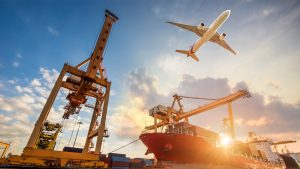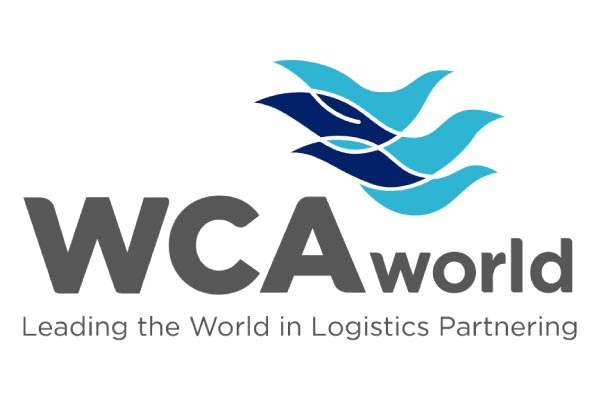The international shipping industry has taken a big step in the race to achieve net zero greenhouse gas emissions, setting this goal for the year 2050.
This has been established by the International Maritime Organization (IMO) after concluding the Marine Environment Protection meeting, held this July 8 in London.
A goal that could represent a turning point in the maritime transport sector, which represents approximately 3% of CO2 emissions caused by humans.
⛴️#MEPC80
— Tais Gadea Lara (@TaisGadeaLara) July 7, 2023
El sector del transporte marítimo internacional @IMOHQ adoptó hoy el compromiso de "alcanzar emisiones netas cero de GEIs para o alrededor de 2050, es decir, cerca de 2050, teniendo en cuenta las diferentes circunstancias nacionales" pic.twitter.com/9t3DdZp0z9
The availability and cost of clean transport technologies, compliance and enforcement details, and interaction with other regulations such as the EU Emissions Trading System come into play.
How will they achieve it?
Among the objectives established by the IMO, it stands out that 5% of the energy used in maritime transport is composed of zero or almost zero emissions by 2030.
The sector estimates that close to 6 million barrels of oil equivalent per day will be consumed in maritime transport for that year.
In order to reach this goal on time, some types of boats are already being electrified, but cleaner fuels are the only practical option to achieve the goal set in this limited time frame.
There are resources such as biofuels that can emit 70% less CO2 than current ones, however, their use entails supply limitations and a higher cost.










